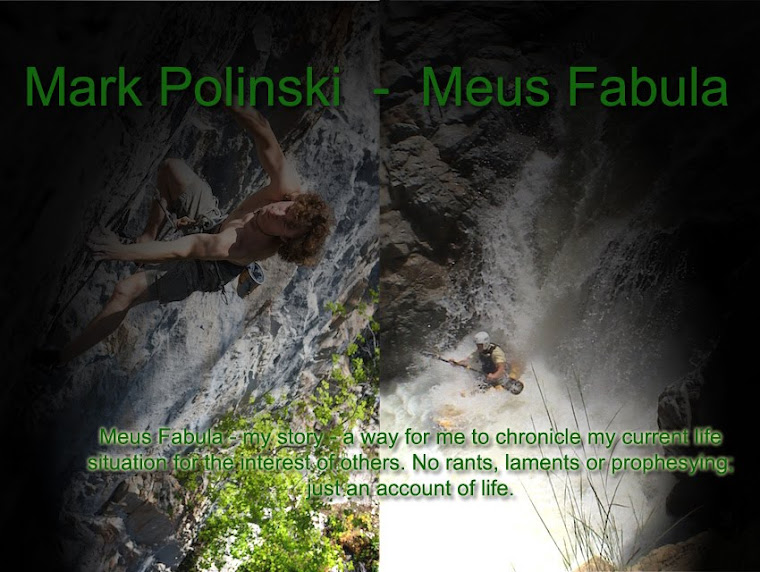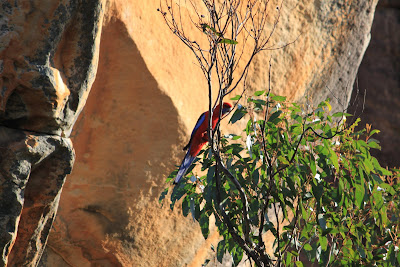This last weekend Leanne and I went to Freycinet National Park to do some rock climbing. This was our third trip to the park, which is located on a peninsula off the east coast of the island about a 2.5 hour drive from were we live. The east coast is beautiful in general, but Freycinet typifies the rocky shores and sandy beaches with the added bonus of some granite mountains thrown in.
We've been climbing at a cliff called the Star Factory, which despite the hour-long-up-hill-both-ways hike, has the greatest collection of hard routes on the island and thus attractive by default. Luckily the scenery is great and the rock quality is very good. I haven't taken any pictures of us climbing as the opportunity hasn't presented it's self yet (I have either been belaying or climbing, neither of which are good positions to take photos from) but hopefully will get some soon. Until then, I've included a couple stolen photos from some other locals to hopefully give a perspective of the climbing along with some shots I've taken on the hikes in and out. Enjoy-
Starting the hike in
Our encounter with one of the stranger creatures I've run across called an Echidna - a montreme marsupial that resembles a hedghog/porcupine/anteater mix. When we came across this one, it just promptly barried its head in the leaves and just sat there. I'm not sure if they know how to count, because after I took the photo and moved away it got up and started going about it's business even though Leanne was still there watching.
A look back down the "trail" we came up. I use the term trail loosly becuase although I've hiked in and out a total of 10 times now I haven't done it the same way twice.

and if you go for multiple days, you can stash your stuff, so at least you only have to pack in the gear once

The climbing is on slightly overhanging waterpolished granite, which makes for bad foot holds and tricky sequences (Climber: Simon Young on Entree 8a; Photo: Jed Parkes)
As it's a national park, most of the wildlife are quite accustomed to people and will beg like domestic pets. Lets you get a nice look at them if they think your offering food, but gets to be a nuisance once you start tripping over them in the dark.
Might be a few weeks before I come up with something else. Till next time-












































